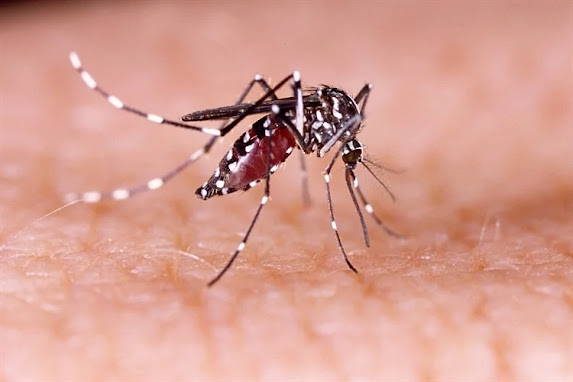ARCHAEA
Chapter Overview
This chapter summarizes the properties of a diverse group of organisms known as the archaea. These organisms are very different from the eubacteria and from the eicaryotes. The chapter describes some of the major characteristics associates with each of the major groups of archaea.
Chapter Objectives
After reading this chapter you should be able to:
- discuss the morphological and physiological diversity of the archaea
- discuss the difference between the cell walls of archaea and those of bacteria
- describe the lipid composition of archaeal cell membranes
- discuss the general genetic, molecular, and metabolic characteristics of the archaea
- discuss the habitats that are typical for the archaea
- discuss the classification scheme for the archaea that will be used in the 2nd edition of Bergey's Manual
- discuss the unique cofactors used by methanogenic and sulfate-reducing archaea
- describe the structural, chemical, and metabolic adaptations that allow the archaea to grow in extreme environments
These are the most important concepts you are learning in this chapter:
- Archaea differ in many ways from both eubacteria and eucaryotes. These include differences in cell wall structure and chemistry, membrane lipid structure, molecular biology, and metabolism.
- Archaea usually grow in a few restricted or specialized habitats: anaerobic, hypersaline, and high temperature.
- Bergey’s Manual currently divides the archaeobacteria into five major groups: methanogenic archaeobacteria, sulfate reducers, extreme halophiles, cell wall–less archaeobacteria, and extremely thermophilic S0-metabolizers.
- The next edition of Bergey’s Manual will divide the archaeobacteria into two kingdoms, the Crenarchaeota and Euryarchaeota, each with several orders.
- Methanogenic and sulfate-reducing archaeobacteria have unique cofactors that participate in methanogenesis.
- Archaea have special structural, chemical, and metabolic adaptations that enable them to grow in extreme environments.



No comments